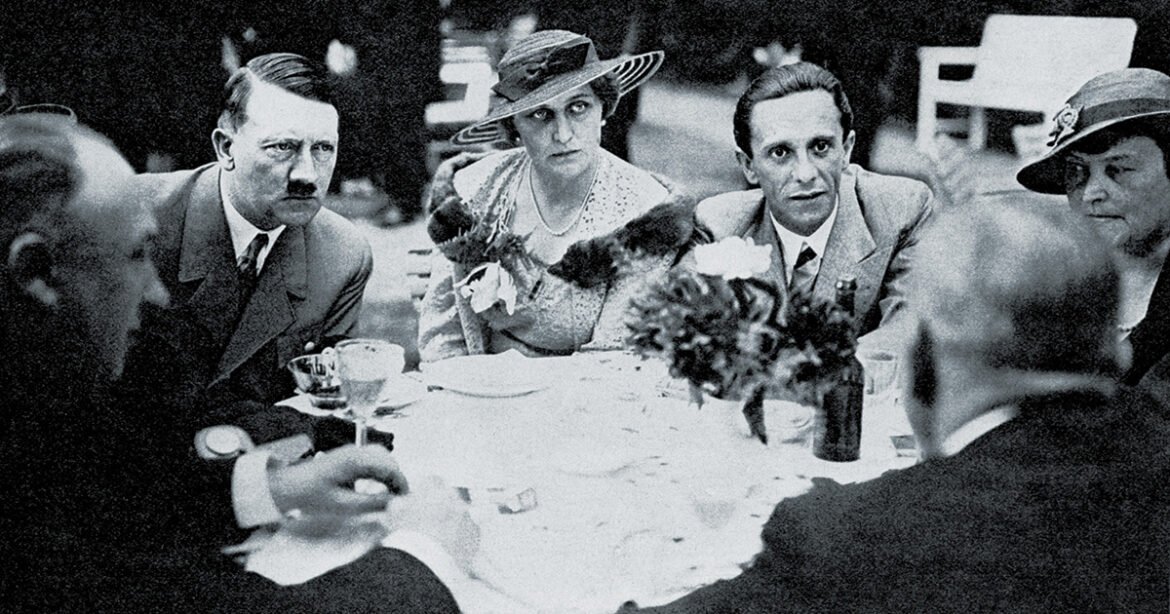Nazi wives and lovers tended to be mediocre women. They were not especially gifted or brilliant. They were content to be used as tools for their partners’ purposes—and to make the most of their proximity to power. That might surprise you. You might have expected Nazi-advertised attributes like “blonde,” “athletic,” “Nordic,” or “motherhood” to have had something to do with why certain women ended up in relationships with Adolf Hitler and his inner circle.
While it’s true that several top Nazis tended to be partial to blondes, they chose female partners for reasons of exploitation rather than personal admiration. Hitler, for example, scorned marriage and children, instead preying on naive teenage girls he could dominate; one such relationship was with his half-niece Geli Raubal.
In most cases, the exploitation was mutual. While the Third Reich touted the ideal of “noble” and “simple” housewives, reality shows the women who stood at the prow of the Third Reich were anything but. They were willing to court monstrosity for money and privilege. Some became sadistic: like Brigitte Frank, who wore furs stolen from displaced Jewish women, or Unity Mitford, who toured a Jewish family’s apartment she wanted to confiscate while the owners wept in front of her.
Nazi propaganda made people forget that attributes like blondeness, athleticism and motherhood are ordinary. In a world where mediocrity became an ideal, women who otherwise stood no chance of success were able to transform themselves into goddesses, thriving in an atmosphere of cruelty, materialism and superficial glamor.

(Hulton Deutsch/Getty Images)

(Hermann Historica Auctions, Munich)

(Top: Prisma/Dukas Presseagentur GmbH/Alamy Stock Photo; Bottom: Eva Braun Photo Album/Alamy; Right: Interfoto/Alamy)

(Brandstaetter Images/Getty Images)

(Sueddeutsche Zeitung Photo, INTERFOTO/Alamy Stock Photo)

(PA Images/Getty)

(From left: Ullstein Bild Dtl. (2); Sueddeutsche Zeitung Photo )

(Ullstein Bild Dtl., Pictures from History/Getty Images)

She frequented the Krakow ghetto to collect expensive furs from her husband’s victims, which she wore in public.
(Universal History Archive/Getty; National Digital Archives, Warsaw)

(Left and Right: Bundesarchiv; Center: National Digital Archives, Warsaw)

(Keystone, Ullstein Bild/Getty Images)

(Keystone, Ullstein Bild/Getty Images)




